Dr. Rochelle Walensky, director of the Centers for Disease Control and Prevention, on Wednesday defended the agency’s new isolation guidance for people who test positive for Covid-19.
Her remarks, made in a series of interviews with television networks and at a White House Covid-19 Response Team briefing, comes as the Biden administration grows concerned that a surge in cases, fueled by the fast-moving omicron variant, could lead to masses of Americans being out sick, disrupting society.
Full coverage of the Covid-19 pandemic
But the new CDC guidance, which shortens the recommended isolation time from 10 days to five days for people without symptoms, has come under harsh criticism from some health experts who say it was not based on “science” and could cause still infectious asymptomatic people to transmit the virus to others.
“I don’t think there’s any big change in science that justifies a change in guidance,” said Lawrence Gostin, director of the World Health Organization’s Collaborating Center on National and Global Health Law. The guidance “has much more to do with societal function than to do with science.”
He and other health experts have argued that people without symptoms should also be required to get a confirmed negative test to leave isolation. The current guidance only asks asymptomatic people to wear a mask for an additional five days after isolation, leaving it up to the public to assess their own Covid risk.
Still, Gostin acknowledged that “the sad reality is that we’re two years into the pandemic and we still have a scarcity of tests in the U.S.”
On Wednesday, Walensky pushed back on the criticism, saying the new guidelines don’t require testing at the end of isolation because PCR tests for Covid can be positive for up to 12 weeks, long after a person is no longer infectious.
“We also don’t know that antigen testing is a good indication of transmissibility at this stage of infection,” she said at the White House briefing. “On the other hand, we know that after five days, people are much less likely to transmit the virus and that masking further reduces the risk.”
We have seen relatively low rates of isolation for all of this pandemic.
Dr. Rochelle Walensky, CDC director
She said “we must adapt” as the virus has also “proven its ability to adapt quickly.”
In one interview with CNN’s “New Day,” Walensky said the new guidelines “really had a lot to do with what we thought people would be able to tolerate.”
“We have seen relatively low rates of isolation for all of this pandemic,” she said. “Some science has demonstrated less than a third of people are isolating when they need to.”
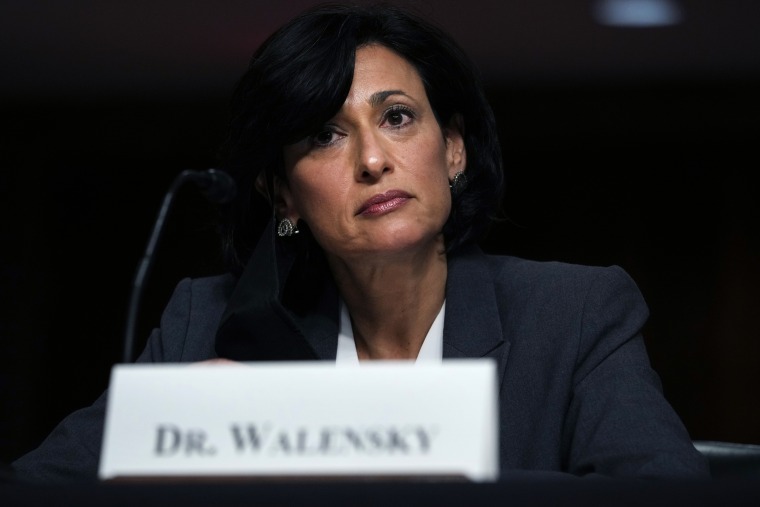
Walensky also called the previous guidance “conservative,” saying the vast majority of viral transmission happens in the first five days of infection.
“This was really a way to tell people: Make sure you isolate in those first five days, when you’re maximally infected,” she told NBC on Wednesday.
“My job right now is to take all the science and the information that we have and to deliver guidance and recommendations to the American people that is adapted to the science at hand,” she said. “This pandemic has given us a lot of new and updated science over the last two years, and it is my job to convey that science through those recommendations, and that is exactly what we’re doing.”
Follow NBC HEALTH on Twitter & Facebook.


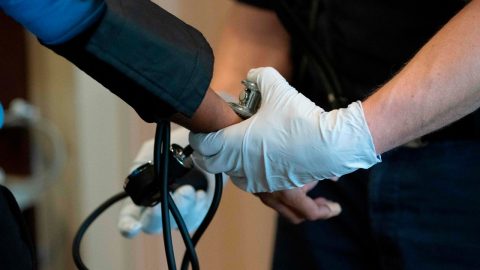
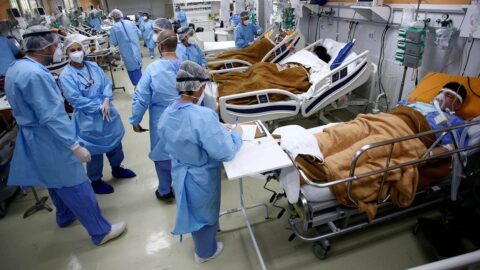

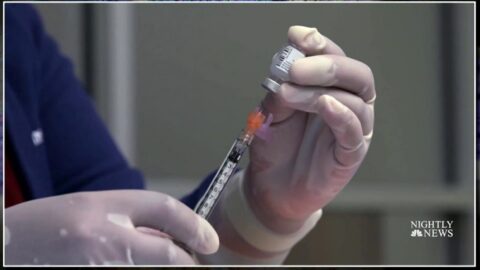
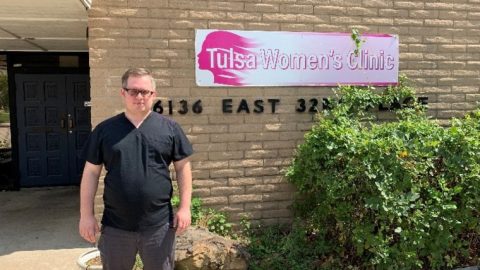


Recent Comments